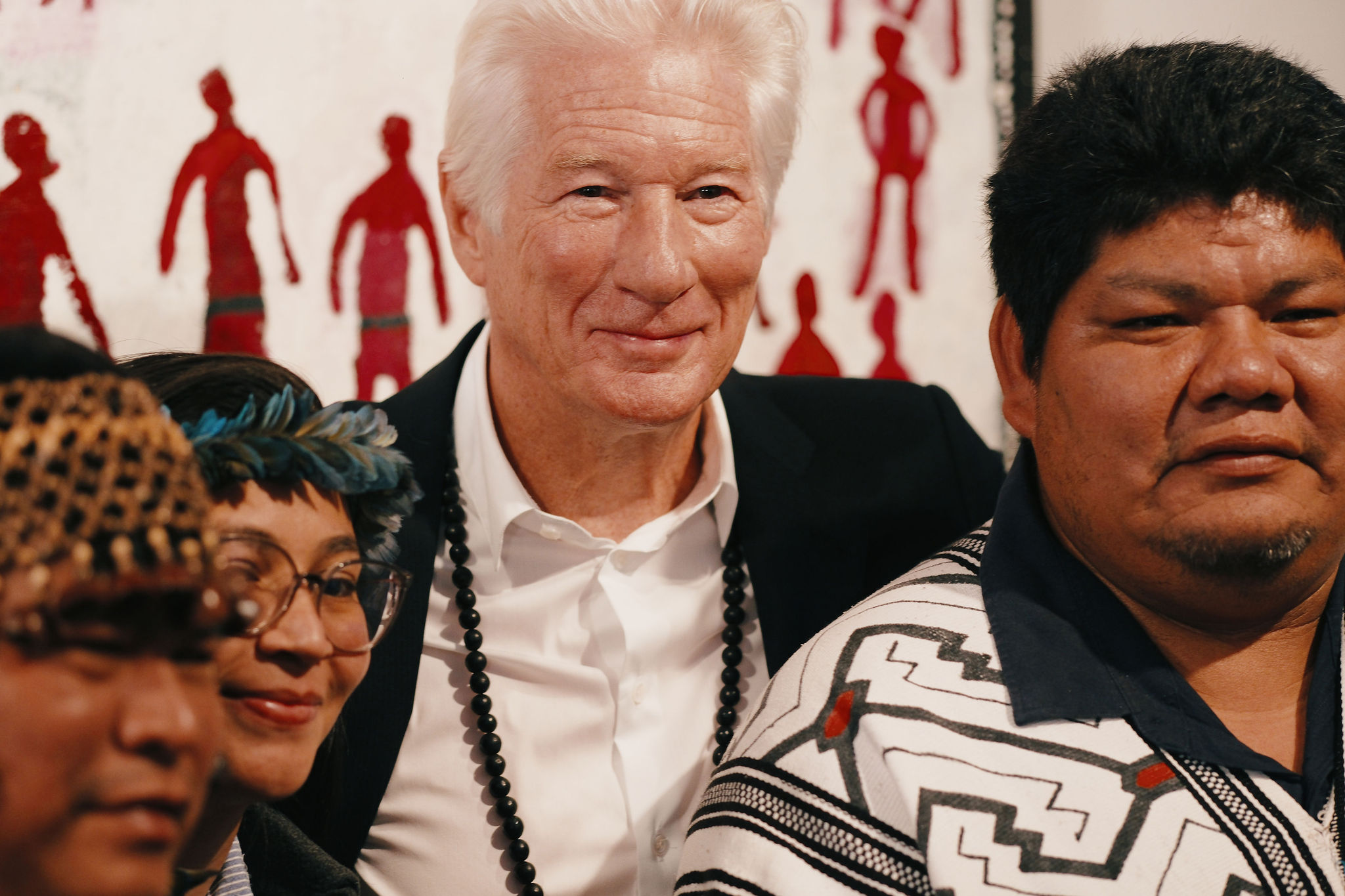The world still has at least 196 uncontacted Indigenous groups – but every one of them faces existential threats in what some have called a “moment of legislated genocide.” Mining, logging, and fossil fuel drilling are the big ones, but a new report warns of a rising threat: fame-seeking “content creators” and other outsiders attempting to make unwanted contact.
Survival International has just published a 300-page report called Uncontacted Indigenous Peoples: at the Edge of Survival, which highlights the “silent, ongoing genocide” of the world’s uncontacted Indigenous groups.
They confirmed there are at least 196 uncontacted Indigenous groups worldwide. Around 95 percent of them live in the Amazon Basin, primarily in Brazil, which is home to 124 groups. There are also handfuls of communities that live in Asia and the Pacific.
“They thrive, independently, self-sufficiently and without contact, in environments that most others would find extremely challenging. Most are nomadic, moving around their territories as they need. They hunt, gather, fish and sometimes plant; they build shelters or communal houses, share food, and use their expert botanical knowledge to produce everything they need: from baskets to houses, from torch resin to medicines,” the report reads.
“Evidence suggests that their communities – when not under attack – are healthy and thriving,” it added.

The new Survival International report was released on October 27 at press conference in London with Indigenous activists and actor Richard Gere.
Image credit: © Jamie Stoker
These groups are now coming under attack from multiple angles, the report argues. They found that 96 percent of them today face threats from resource extraction, both legal and illegal. Around 65 percent of these isolated peoples are threatened by logging, the single most pervasive danger and often the first step toward deeper exploitation. Mining menaces over 40 percent, while nearly a third face violence or displacement from criminal gangs.
Agribusiness is also chopping up their territories, with cattle ranching driving Amazon deforestation and pushing entire communities to the brink. Government-backed infrastructure projects – such as roads, railways, and ports – are directly impacting 38 uncontacted groups on the edge of extinction.
“They didn’t manage to kill us all at the time of colonization, and they didn’t manage to get rid of us during the dictatorship. But now we are living through a moment of legislated genocide. They’re killing us with pen and paper. We Indigenous people do not die only when they kill our leaders. We die collectively when they take away our land,” Célia Xakriabá, an indigenous activist of the Xakriabá people of Brazil, said in a statement seen by IFLScience.
The dangers are evolving in the 21st century. The report also highlights several “rising threats,” including social media “influencers” who seek to make contact with uncontacted peoples to create monetized content, as well as missionaries, funded by multi-million-dollar evangelical organizations, who attempt to convert these isolated communities to Christianity.
In recent times, a few high-profile incidents have seen these growing threats hit the Sentinelese, one of the most isolated uncontacted tribes in the world. Earlier this year, an American YouTuber was arrested after filming his journey towards their home on North Sentinel Island in the Indian Ocean. Back in 2018, a Christian missionary from the US also illegally intruded onto their island, where he was killed by a bow and arrow.
So, what can be done? Survival International argues that stronger land protections are essential to safeguard the future of uncontacted Indigenous groups. While international law recognizes the rights of all Indigenous peoples, national laws vary widely in how effectively those rights are enforced. In South America, particularly Brazil, protections tend to be among the strongest, whereas many countries in Asia and the Pacific lag behind.
However, enforcement is equally critical. Even in places where sturdy laws exist, they are often poorly implemented or ignored, allowing corporations and governments to act with impunity.
“The failure to acknowledge the existence of uncontacted peoples is a huge violation of their rights …Their right to be protected must exist not only on paper, but in reality,” said Maipatxi Apurinã, a member of the Pupīkary (Apurinã) people of Brazil.
“There is a catastrophe looming – and a clear way to evade it. We can respect uncontacted peoples’ clearly expressed choice to be left alone. Or we can continue tearing up their forests for mining, logging and ranching and allowing missionaries or influencers to invade their homes – and risk killing up to half of all uncontacted groups in the next 10 years. The solution is obvious: industries and governments must act now to halt this continuing colonization so that uncontacted peoples can live freely as they choose,” explained Caroline Pearce, Survival International Director.
Source Link: "Silent, Ongoing Genocide": World's 196 Uncontacted Tribes Are Facing Grave Threats To Their Survival